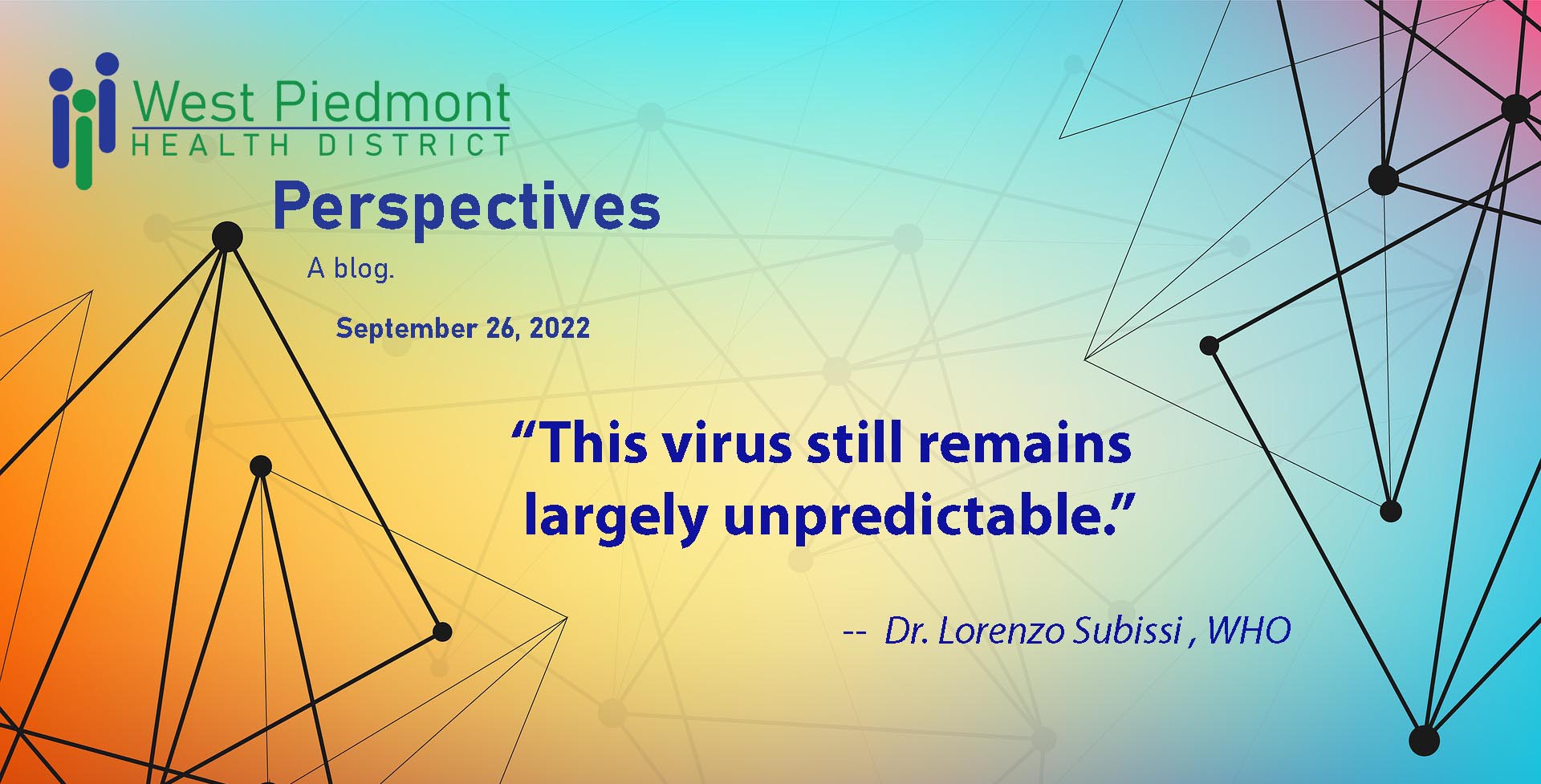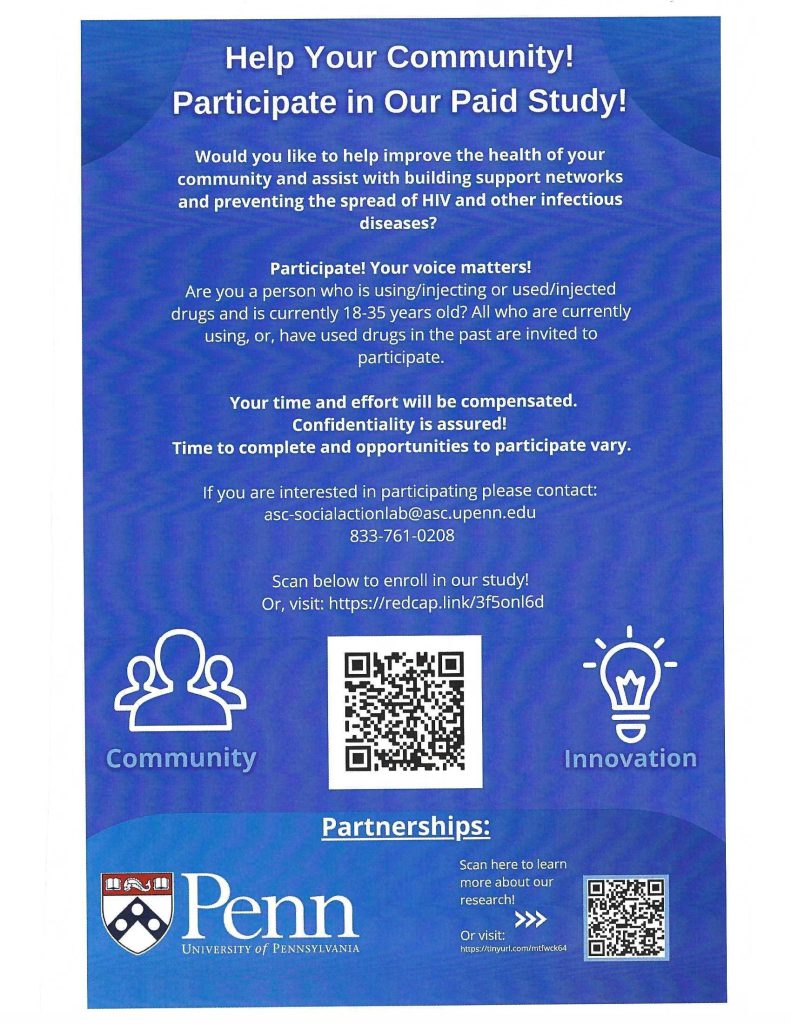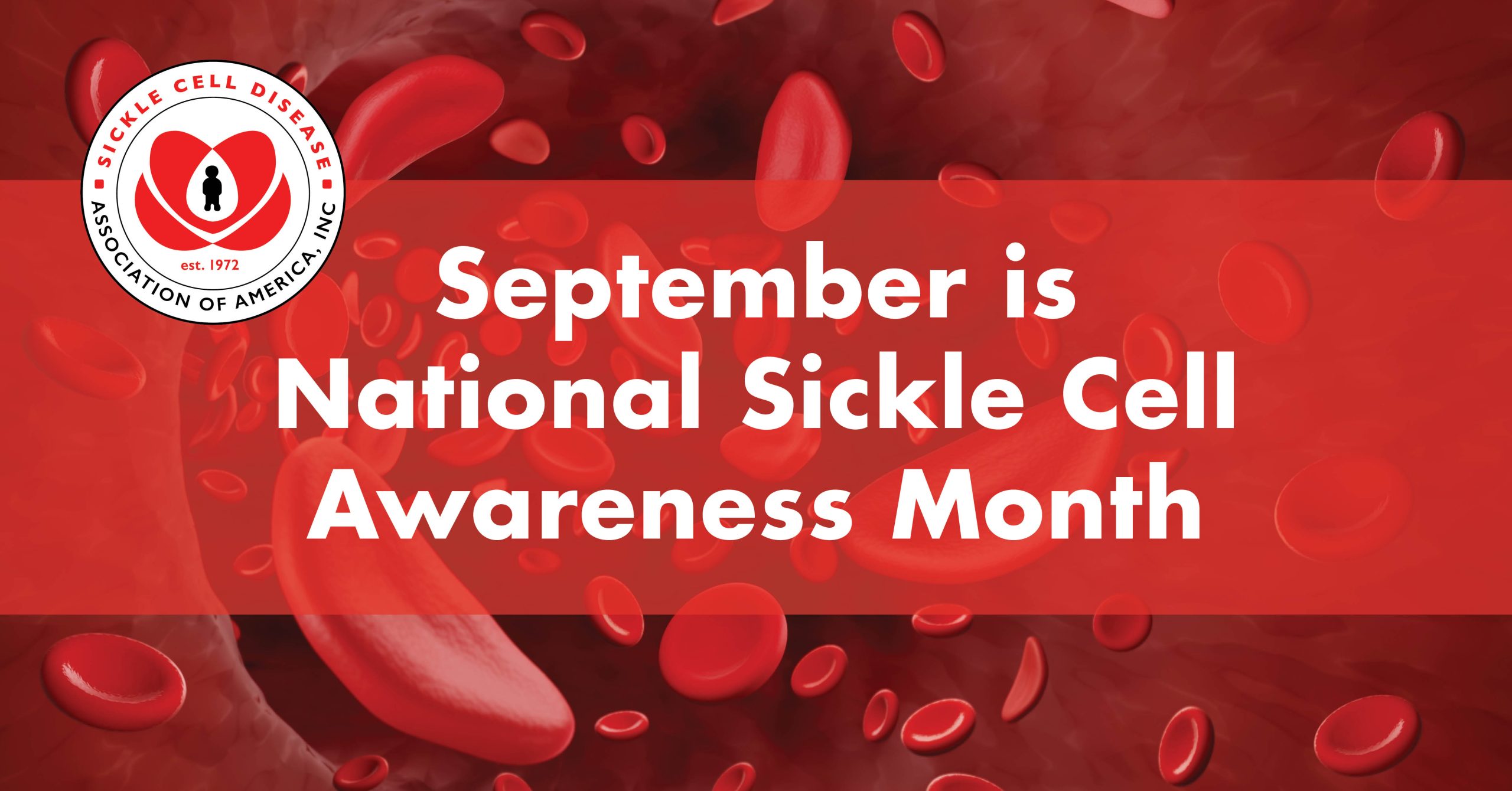
Focus on Facts
- In the US, 4 out of 5 pregnancy-related deaths could be avoided with “reasonable changes” made by health care providers, communities, and patients, according to new CDC data spanning 2017–2019, before the pandemic and the overturning of Roe v. Wade. CNN
- VDH has received a grant from the CDC to increase surveillance efforts and create a partnership with the Virginia Neonatal Perinatal Collaborative (VNPC) to further address maternal mortality in Virginia. Starting in September, the agency will receive $450,000 per year for two years to address maternal death across multiple fronts. The overall mission of this project is to find and review all pregnancy associated deaths and use the partnership with the VNPC to implement policy and programmatic recommendations.
- Vaccine providers can safely give COVID-19 and flu vaccines without regard to timing. This means patients can get COVID-19 and flu vaccines at the same visit. Reactions to the vaccines are generally similar when they are given together compared to when they are given alone. For new and updated information regarding the 2022-2023 flu season, see CDC’s Frequently Asked Influenza (Flu) Questions: 2022-2023 Season.
- September is National Sickle Cell Awareness Month. Approximately 100,000 Americans live with sickle cell disease, a chronic condition that causes the red blood cells to harden and form a sickle shape. This sickling causes severe and unpredictable pain, intense fatigue, frequent infections and more. Learn about it.
- The National Institutes of Health (NIH) recently announced that a research team has shown that commercially available rapid antigen tests (at-home tests) can detect past and present variants of concern (VoC). As new variants of the SARS-CoV-2 virus continue to appear, there have been concerns about how well the rapid antigen tests work. The diagnostic performance of the antigen tests may have to be re-assessed as the virus continues to develop mutations in the future.

News You Can Use
 Preventing Childhood Obesity: 4 Things Families Can Do
Preventing Childhood Obesity: 4 Things Families Can Do
September is National Childhood Obesity Awareness Month. Childhood obesity is a complex disease with many contributing factors, including genetics, eating patterns, physical activity levels, and sleep routines. Conditions where we live, learn, work, and play can make healthy eating and getting enough physical activity difficult if these conditions do not support health.
About 1 in 5 American children has obesity. Compared to children with healthy weight, children with overweight or obesity are at a higher risk for asthma, sleep apnea, bone and joint problems, type 2 diabetes, and heart disease. Adults with obesity have higher risks for stroke, many types of cancer, premature death, and mental illness, such as clinical depression and anxiety.
Though there is no one solution to addressing obesity, there are many ways parents and caregivers can help children have a healthy weight and set up lifelong healthy habits at home. Here's what you can do.
Equity Tip
Recognizing obesity as a disease, not a choice, is a step toward health equity
By Fatima Cody Stanford and Kelly Copes-Anderson
When the American Medical Association recognized obesity as a disease in 2013, doctors and other health care workers began to pay greater attention to a condition that is a cause of death for nearly one out of five adults in America. Eight years on, U.S. policies have failed to catch up with medical understanding in addressing this public health crisis.
Without the right kinds of policy interventions, nearly half of Americans will have obesity by 2030.
Communities of color will be hit hardest. Already, nearly 50% of Black adults and 45% of Hispanic adults have obesity — a body-mass index (BMI) of 30 or higher. But this condition is not just a matter of carrying extra pounds. It puts individuals at greater risk for many other chronic diseases, including cardiovascular diseases, metabolic diseases like diabetes, and many cancers, all of which disproportionately affect communities of color and perpetuate health disparities.
~Pamela Chitwood, Population Health Community Coordinator. Pamela.chitwood@vdh.virginia.gov 540-484-0292 ext. 223
Unvaccinated Kids At Risk
Fewer than 325,000 of America's youngest children are fully vaccinated as hesitancy continues to dog the pandemic response. Why it matters: Health officials are sounding the alarm over the potential of low child vaccination rates fueling transmission and carrying the risk of severe illness for some of the youngest Americans.
"What's at stake really with this is that we're going to be setting up a bunch of kids for risk of severe disease in the future," Daniel Blatt, a pediatric infectious disease physician at the University of Louisville and Norton Children's Hospital, told Axios. "We don't really know what the next variant is gonna be. And the way to get ahead of that next variant is to give children a blueprint on how to fight it and that's what the vaccine does." . . .
Children under 5 have had the highest rates of hospitalization from COVID among youth, per the CDC. Read about it. Axios 9/19/22

The Epi-Center
Epidemiology is the science at center of public health.
As of September 21, 2022, Omicron accounted for 100% of all circulating variants nationally (for the week ending September 17). BA.5, an Omicron subvariant, accounted for the majority (84.8%) of circulating variants. BA.4.6 and BA.4 subvariants are the next two highest, making up 10.3% and 1.8% of circulating variants, respectively.
 Why Omicron Might Stick Around
Why Omicron Might Stick Around
Omicron, the 13th named variant of the coronavirus, seems to have a remarkable capacity to evolve new tricks. Where is Pi?
Last year, the World Health Organization began assigning Greek letters to worrying new variants of the coronavirus. The organization started with Alpha and swiftly worked its way through the Greek alphabet in the months that followed. When Omicron arrived in November, it was the 13th named variant in less than a year.
But 10 months have passed since Omicron’s debut, and the next letter in line, Pi, has yet to arrive. That does not mean SARS-CoV-2, the coronavirus that causes COVID-19, has stopped evolving. But it may have entered a new stage. Last year, more than a dozen ordinary viruses independently transformed into major new public health threats. But now, all of the virus’s most significant variations are descending from a single lineage: Omicron.
“Based on what’s being detected at the moment, it’s looking like future SARS-CoV-2 will evolve from Omicron,” said David Robertson, a virologist at the University of Glasgow.
It’s also looking like Omicron has a remarkable capacity for more evolution. One of the newest subvariants, called BA.2.75.2, can evade immune responses better than all earlier forms of Omicron. For now, BA.2.75.2 is extremely rare, making up just .05 percent of the coronaviruses that have been sequenced worldwide in the past three months. But that was once true of other Omicron subvariants that later came to dominate the world. . . .
“W.H.O. only names a variant when it is concerned that additional risks are being created that require new public health action,” Dr. Lorenzo Subissi, an infectious disease expert with the W.H.O, said. But he did not rule out a Pi in our future. “This virus still remains largely unpredictable,” he said. New York Times 9/22/22
COVID-19 Data
Cases
Over the past 13 weeks by date of illness
Deaths



